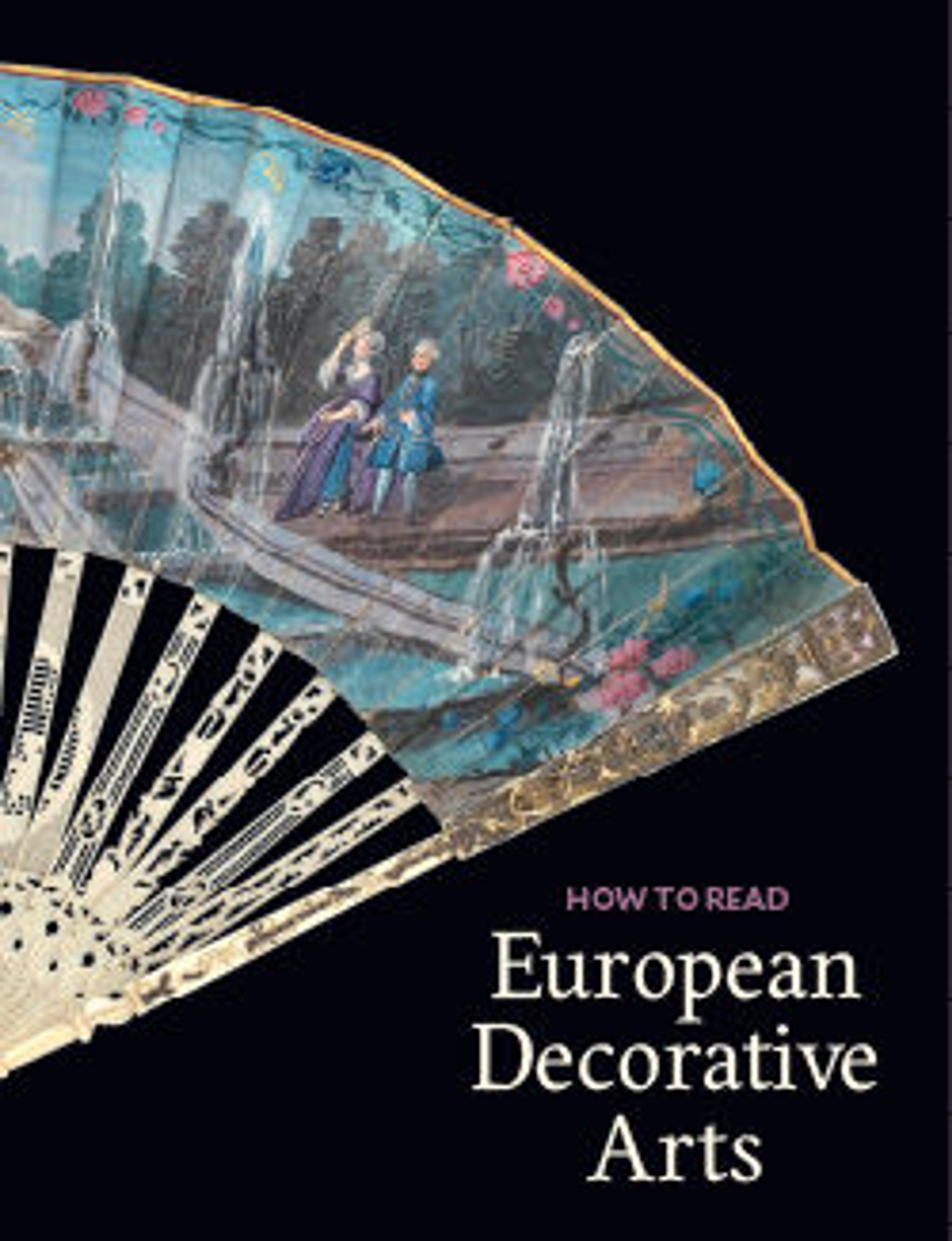Inkstand
In this virtuosic execution of spiraling scrolls Boucheron has defined the French-oriented character of the Rococo style in Turin. Although more solid and robust, our inkstand recalls one made in Paris in 1746–47 by the court silversmith Thomas Germain. Boucheron may have known this piece, as he is said to have trained in Germain's studio in the 1730s and is shown in a later portrait surrounded by examples of Germain's silver. The actual model of the Museum's inkstand is not necessarily Boucheron's, however, and may well have been the creation of his compatriot Francesco Ladatte (1706–1787), who had practiced as a designer and sculptor in Paris before returning to Turin in 1744. Both artists worked for the court of Savoy—Ladatte as sculptor, Boucheron as silversmith—and they are known to have collaborated on at least one occasion. That our piece was destined for the court is evident from the coat of arms of the House of Savoy engraved on the stand beneath the bell. It is presumably one of the many inkstands Boucheron is recorded as having made for the royal family.
Artwork Details
- Title:Inkstand
- Designer:Design attributed to Francesco Ladatte (Italian, Turin 1706–1787 Turin)
- Maker:Probably by Andrea Boucheron (ca. 1701?–1761)
- Date:ca. 1753
- Culture:Italian, Turin
- Medium:Silver gilt
- Dimensions:Overall: 6 × 13 in. (15.2 × 33 cm)
- Classification:Metalwork-Silver
- Credit Line:Purchase, Wrightsman Fund, 1997
- Object Number:1997.151.1a, b–.4
- Curatorial Department: European Sculpture and Decorative Arts
More Artwork
Research Resources
The Met provides unparalleled resources for research and welcomes an international community of students and scholars. The Met's Open Access API is where creators and researchers can connect to the The Met collection. Open Access data and public domain images are available for unrestricted commercial and noncommercial use without permission or fee.
To request images under copyright and other restrictions, please use this Image Request form.
Feedback
We continue to research and examine historical and cultural context for objects in The Met collection. If you have comments or questions about this object record, please contact us using the form below. The Museum looks forward to receiving your comments.
